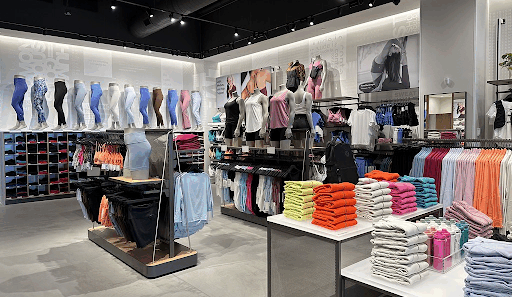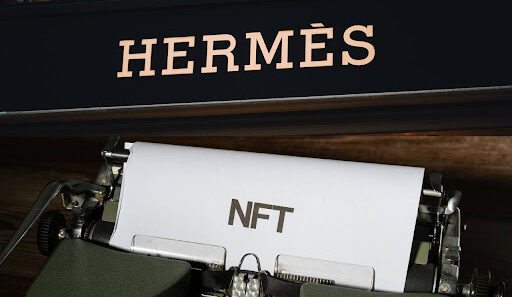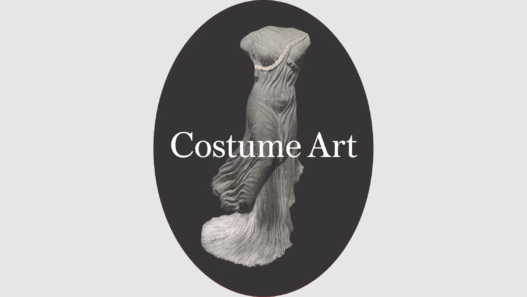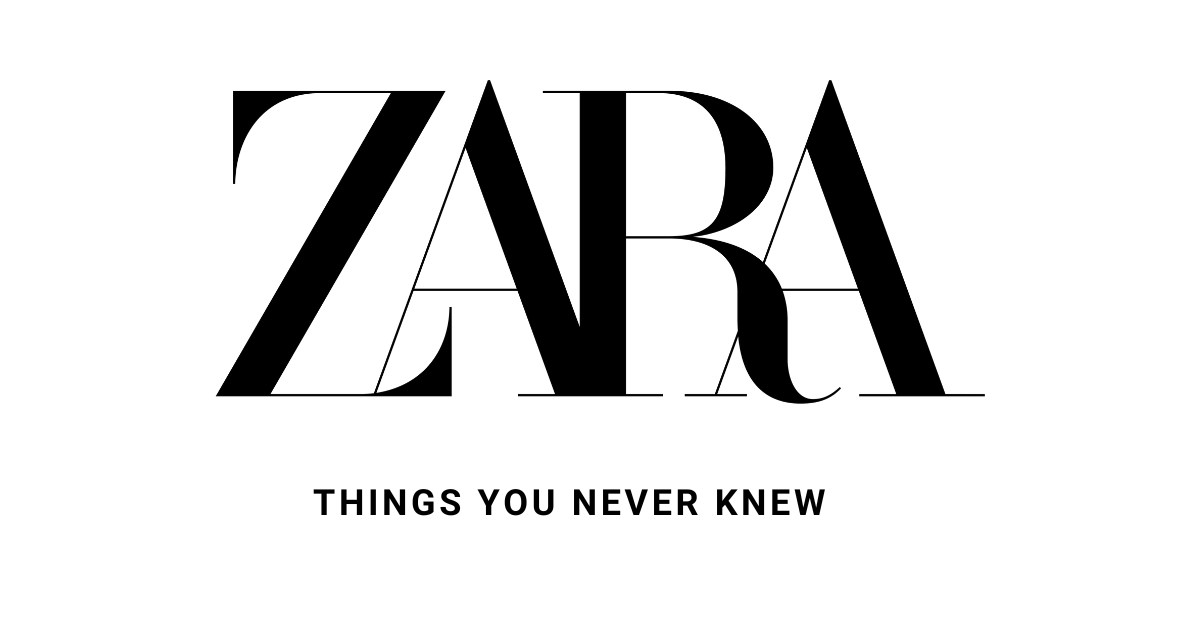The word ‘fake’ has rebranded itself- now, ‘dupe’ culture has taken the world by storm, with millions of people celebrating ‘dupe’ culture and sharing their favorite ‘dupes’ of designer products. Dupes are no longer just a more affordable shopping strategy; it has now firmly placed themselves as part of consumers’ identity and become a genre of its own.
It is under these circumstances that Lululemon filed a case against Costco Wholesale Corporation for allegedly copying their best-selling items, including the Scuba hoodie, Define zip-up, and ABC pants. The lawsuit did not accuse Costco of selling counterfeits; it instead challenged the boundary between ‘inspiration’ and ‘imitation’. In an age when TikTok videos of ‘Lululemon looks for less’ go instantly viral, the courtroom has become a battleground for cultural meaning.
To understand the case, we must first understand the consumers. ‘Authenticity’ is no longer the top priority in making purchases; now, they prefer to express the same aesthetic identity without spending more on the original item. They care less about owning the brand name and label, and more about achieving the look, vibe, or lifestyle that the brand represents- all of which can be achieved through ‘dupe’ items. This reflects a shift in consumer culture toward a more value-based direction rather than brand-based consumption (First Insight, 2025). People aren’t buying Lululemon to own the label; they’re buying Lululemon to project the lifestyle it signifies. If that same lifestyle can be expressed through a $29.99 Costco hoodie instead of the original $120, the psychological pleasure remains the same.
Social media has accelerated this change. According to AP News, the hashtag #LululemonDupe garners millions of views, urging content creators to highlight the fact that their finds are not authentic rather than to hide it (AP News, 2025). This shows how the word ‘dupe’ has evolved from a negative term in line with ‘fake’ to a symbol of resourcefulness and savviness. Consumers nowadays take pride in ‘hacking’ brand looks without paying the premium prices.
From the viewpoint of intellectual-property law, the concept of ‘likelihood of confusion’ is key. Lululemon’s claims rely on the idea that if a reasonable consumer is likely to mistake one brand’s product for another’s, the product has been infringed. They claim that Costco’s designs and colors- such as the trademarked Tidewater Teal- create a risk of misleading consumers. But in the realm of dupes, this concept is becoming increasingly meaningless. Consumers buy Costco dupes not because they were misled, but because they recognize them as imitations. Ironically, in dupe culture, people aren’t confused at all-they know it’s not real, but they buy it anyway because they get what they want out of it.
This leads to a gap between legal and psychological definitions of confusion. While courts look for consumers being misled, in reality, consumers are actively embracing the knowledge that they are ‘buying the look, not the brand’. Thus, Lululemon faces a battle to prove that the public was deceived when, in fact, the public is in on the joke.
The Lululemon v. Costco case highlights the new role of consumers. Rather than victims of brand confusion, duped buyers often act as co-creators who feed the dupe market. They borrow the visual lifestyle of premium brands like Lululemon to curate their own identities within financial limits. Bloomberg Law frames this as a shift from ‘brand authority’ to ‘narrative authority’, meaning brands no longer have control over how their images circulate, as consumers on TikTok create thousands of dupe videos. Whether said video inadvertently reinforces the original’s cultural value or turns imitation into a social ritual, the brands can only watch helplessly. (Bloomberg Law, 2025)
For Lululemon, this lawsuit serves as a public reminder that its designs carry distinctive meaning. They will have to prove that there is something about Lululemon and its products that any dupe cannot imitate, which will, in turn, discourage consumers from buying Costco lookalikes. However, while enforcing design patents and law protections can help the integrity of their aesthetic, it can also alienate the very community that keeps their image alive, especially online. Will they be able to maintain the current cultural impact and hype without content creators wearing both real and knockoff Lululemon items? This creates a strategic dilemma, where allowing too many risks dilutes the brand’s distinctiveness, while strict enforcement risks putting a damper on participation and buzz. For Costco, the controversy has already served as free marketing, with search interest for Costco’s athleisure spiking immediately after news of the lawsuit (Axois, 2025).
In conclusion, the Lululemon v. Costco lawsuit signifies a turning point for fashion law. The question is no longer about who owns the design, but who owns the meaning. In the age of TikTok, YouTube, and Instagram, cultural ownership often moves faster and broader than legal ownership, and with the rise of dupe culture, it seems to have taken over the fashion world as well. Consumers now prefer owning the look rather than owning the label, and are stepping up as participants in defining the look itself. The future of fashion IP should focus less on punishing imitation and more on redefining the values of originality. The line between inspiration and infringement will keep blurring, and brands that ignore this shift risk fighting yesterday’s battles in tomorrow’s fields.
Sunwoo Kang
Sunwoo Kang studies Fashion & Textiles and Business Administration at Seoul National University. She is interested in the intersections of fashion, law, and finance- particularly how creative industries operate within the systems of regulation and capital. Having worked in finance and as a content creator, she developed a deeper interest in the structure surrounding the fashion ecosystem. Outside of academics, she enjoys curating fashion archives and exploring fashion trends and predictions.















